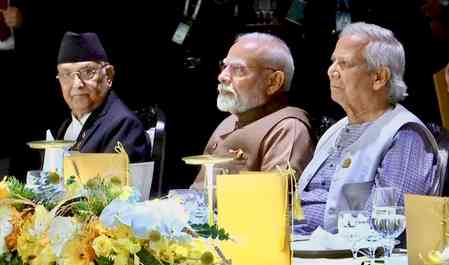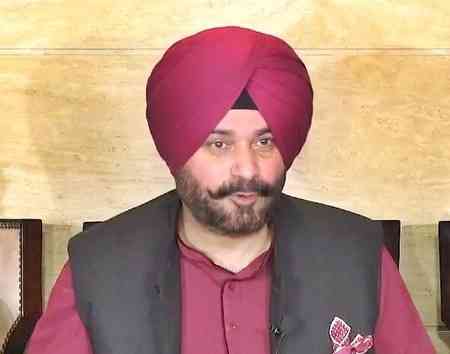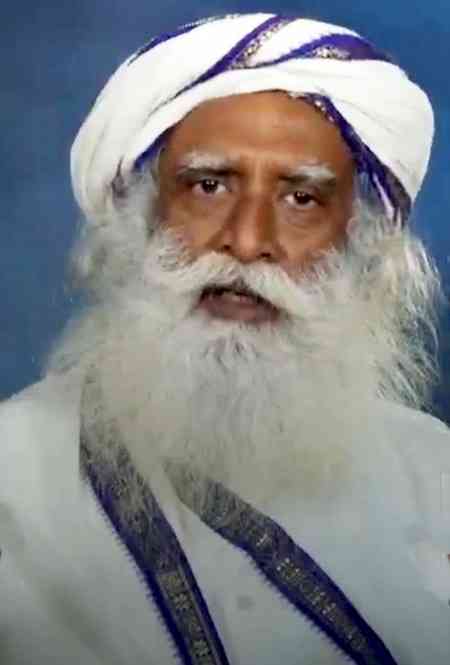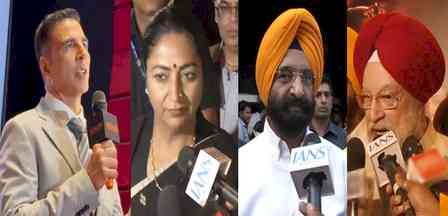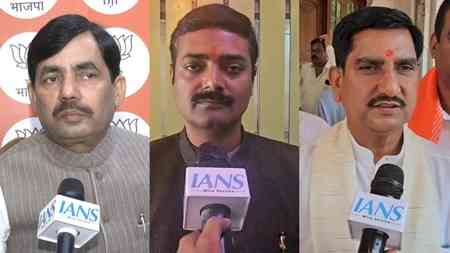From Bharatiya Jana Sangh to Bharatiya Janata Party: A Journey to Power
The era of coalition governments in India appears to be gradually diminishing as we move into the future. The Bharatiya Janata Party (BJP) once formed a coalition government under the leadership of the late Atal Bihari Vajpayee, former Prime Minister of India. This coalition, known as the National Democratic Alliance (NDA), consisted of around 24 alliance partners and operated under constant pressure to balance governance with safeguarding public interest.
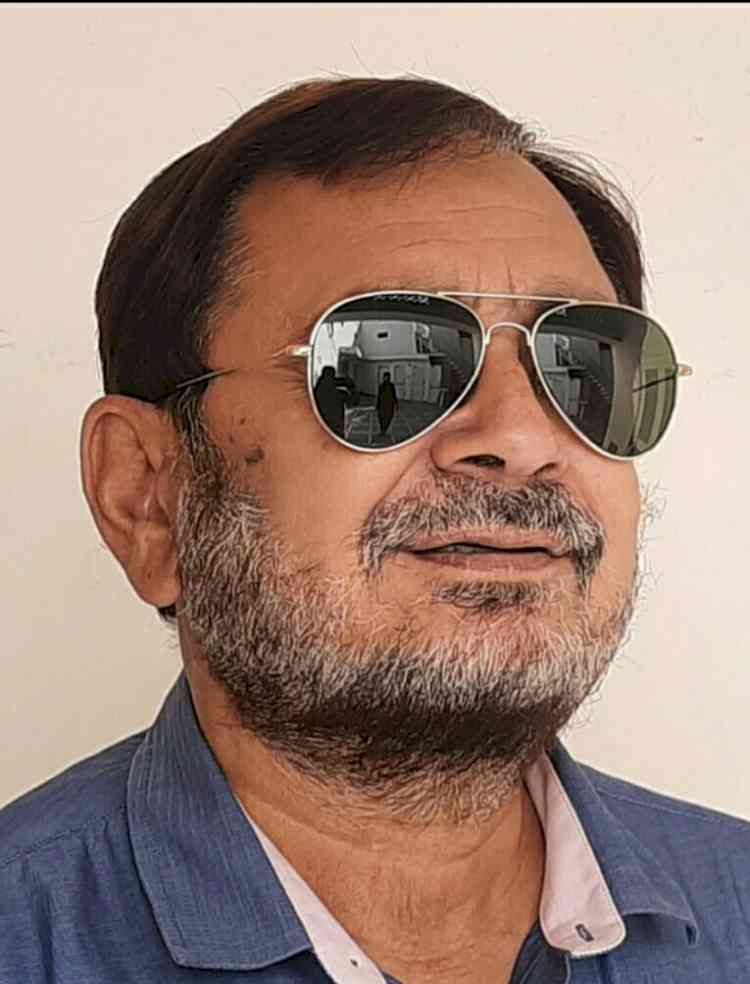
The era of coalition governments in India appears to be gradually diminishing as we move into the future. The Bharatiya Janata Party (BJP) once formed a coalition government under the leadership of the late Atal Bihari Vajpayee, former Prime Minister of India. This coalition, known as the National Democratic Alliance (NDA), consisted of around 24 alliance partners and operated under constant pressure to balance governance with safeguarding public interest.
Since 2014, however, India has witnessed the emergence of a strong majority government led by Prime Minister Narendra Modi. This shift has enabled the central government to take bold decisions and implement long-term reforms without the constraints typical of coalition politics.
The BJP’s origins trace back to the Bharatiya Jana Sangh, founded on 21st October 1951 (not 1952), by Dr. Shyama Prasad Mukherjee. Alongside him, stalwarts like Pandit Deendayal Upadhyay and Balraj Madhok played pivotal roles in shaping the party’s ideology and connecting its policies to the masses with clarity and purpose. Dr. Mukherjee served as the first president of the party, followed by leaders such as Mauli Chandra Sharma, Prem Nath Dogra, Debaprasad Ghosh, Pitamber Das, Avasarala Rama Rao, Raghu Vira, Bachhraj Vyas, Balraj Madhok, Deendayal Upadhyay, Atal Bihari Vajpayee, and Lal Krishna Advani.
In 1975, a state of Emergency was imposed in India. After it was lifted in 1977, general elections were announced. Multiple political parties, including the Bharatiya Jana Sangh, came together under the Janata Party banner. Several Jana Sangh leaders were inducted as Union Ministers in the newly formed government.
However, ideological differences led to the formation of a new political entity — the Bharatiya Janata Party (BJP) — on 6th April 1980, with Atal Bihari Vajpayee as its first president. Over the years, the party saw leadership from prominent figures such as L.K. Advani, Murli Manohar Joshi, Kushabhau Thakre, Bangaru Laxman, Jana Krishnamurthi, M. Venkaiah Naidu, Rajnath Singh, Nitin Gadkari, Amit Shah, and currently, J.P. Nadda.
Today, the BJP celebrates its 45th Foundation Day (Sthapana Diwas). The journey to power was long and eventful. In 1996, the BJP formed its first NDA-led coalition government at the Centre, under Vajpayee, which lasted just 13 days. It returned to power in 1998 for 13 months, and then from 1999 to 2004. During this period, the nation witnessed liberal economic reforms, efforts to curb inflation, and the foundations of a modern, developed India were laid.
From 2004 to 2014, the BJP remained in opposition. However, in 2014, it returned to power with a full majority, and Narendra Modi assumed office as Prime Minister. He was re-elected in 2019 and again for a third consecutive term in 2024 — a rare political feat.
Under Modi’s leadership, India has seen transformative developments across multiple sectors:
• Economic and Industrial Policy reforms
• Infrastructure development, including expressways and multi-storey urban planning
• Expansion in education, particularly through the establishment of new medical colleges and AIIMS institutions
• Technological growth, with a push in science, communication, and digital India initiatives
• Job creation through the Make in India movement
• Women empowerment initiatives
• Enhanced foreign relations and bilateral cooperation to boost global standing and economic partnerships
India is rapidly progressing toward the status of a developed nation. The dream of once again being recognized as the “Sone Ki Chidiya” — the Golden Bird — no longer feels distant. The transformation is underway, and with sustained growth and visionary leadership, a new era of prosperity is on the horizon.
Authored by:
Rajat Kumar Mohindru,
Journalist,
Jalandhar City.
(Views are personal)


 Rajat Kumar
Rajat Kumar 

